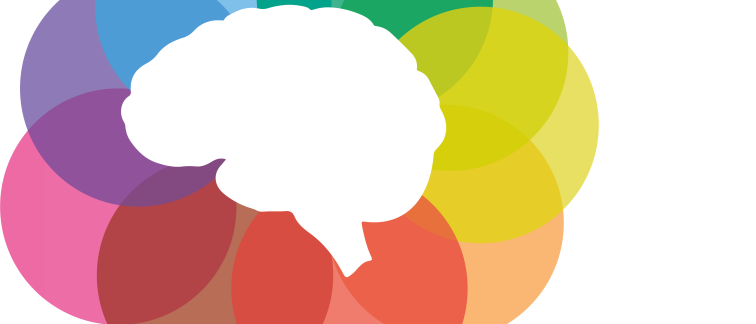Theme: The Science of Individuality
While humans are 99.9 percent identical in their genetic makeup, every person is unique. This year’s theme is all about unraveling individual differences, trying to help us even better understand the human brain and nervous system in both health and disease.
It is a prospective approach to achieve optimal individual health decisions. But how far are we in the research field of individuality? How do researchers give individual differences priority in their studies? What does it imply in the clinical perspective? And what does the future look like?
Registration
Due to a large number of registrations for the Annual Meeting, we had to close down our registration for researchers that want to attend the event in person at the Johan Cruijff ArenA. Of course, we would love to welcome any new attendees to join us online. So if you want to watch the live stream of this year’s Annual Meeting, then register below and you will receive the link in your mailbox leading up to the event date.
Register to participate online
October 7: Program
08:15-09:30 Registration & coffee
09:30-10:00 Word of Welcome by Board of Directors
10:00-11:15 Research Reports
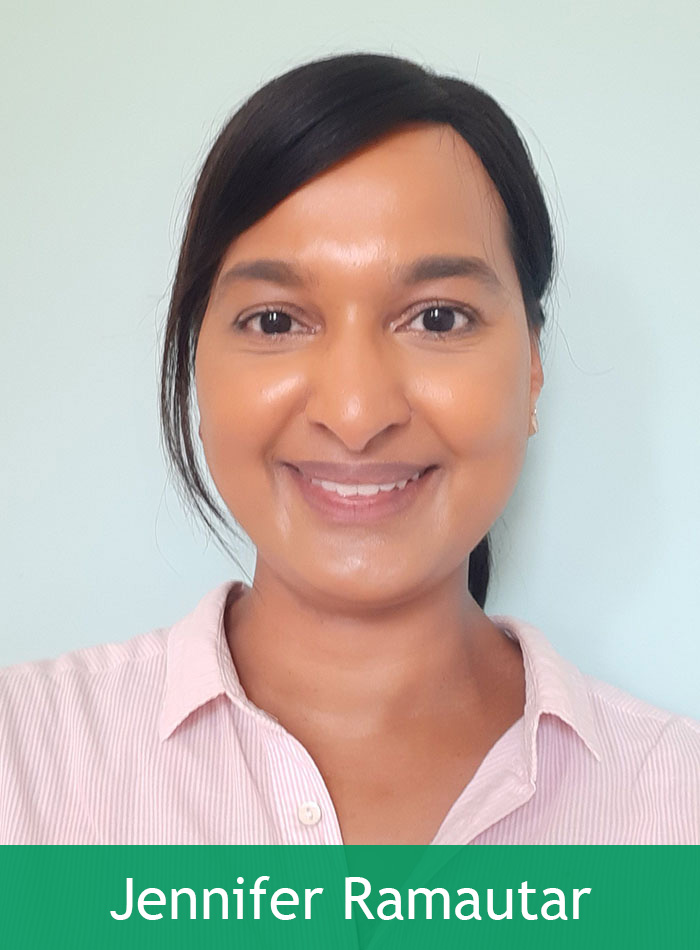
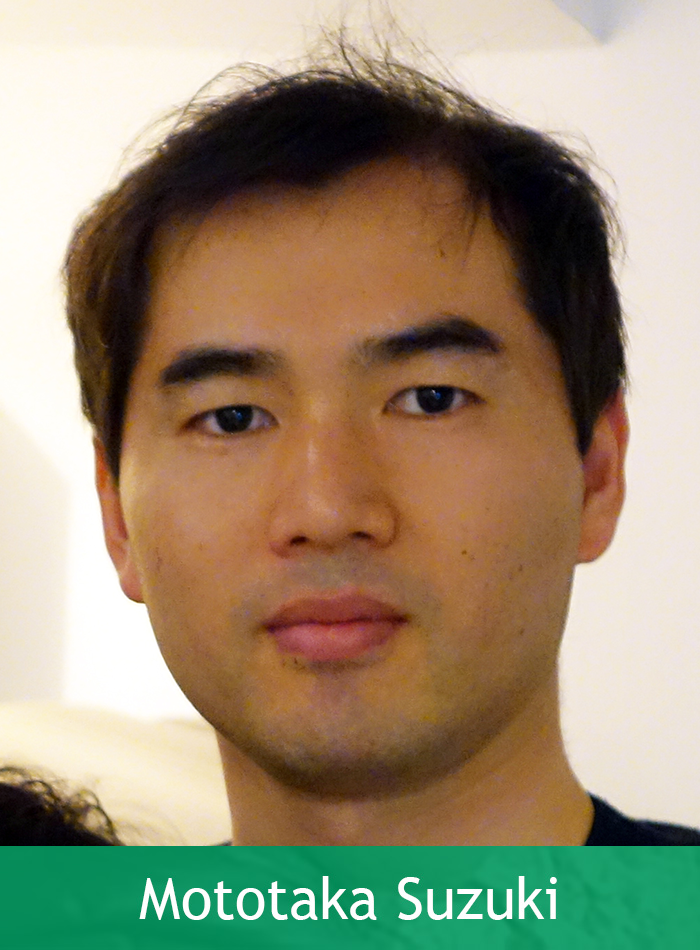
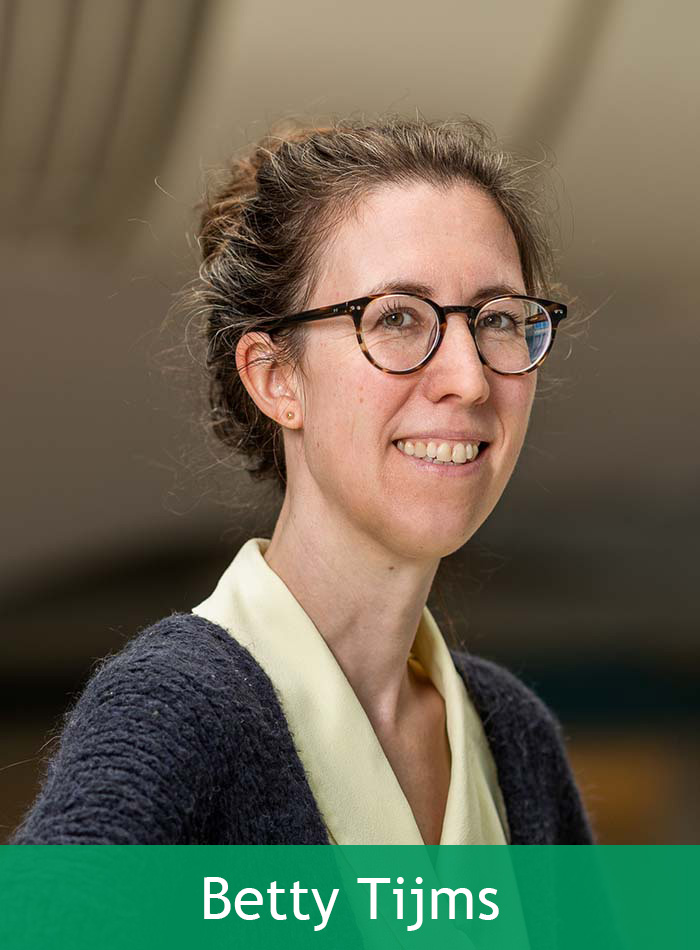
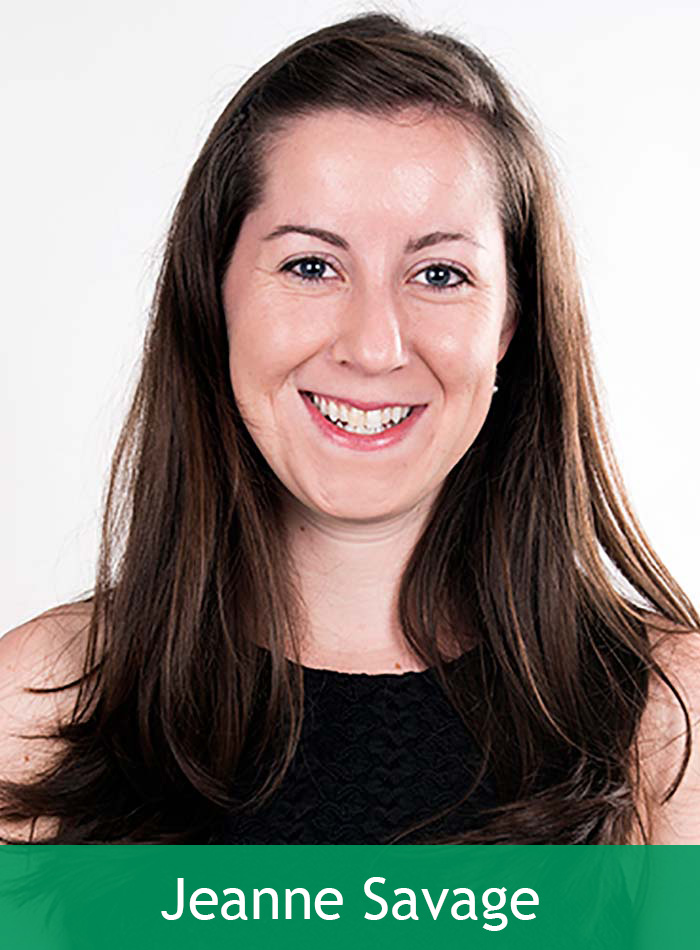
Jennifer Ramautar
Quantitative EEG for an undogmatic approach to neurodevelopmental disorders.
Neurodevelopmental disorders (NDD) are a group of complex disorders involving neural system dysfunctions. A key element in their pathophysiology is the maldevelopment of spontaneous brain activity, which relies on a dynamic balance between excitation and inhibition to subserve the quality of information processing. Resting-state EEG (rsEEG) can be used as a measure to capture and characterize the quality of spontaneous brain activity and E/I balance, making rsEEG an ideal tool for physiological based triage and personalized treatment strategies.
In the N=You center we focus on the implementation of computational based rsEEG algorithms to quantify spontaneous mass brain activity including functional measures of E/I balance relying on the physics concept of self-organizing criticality. Based on these markers, N = 1 or individual based treatment hypotheses can be formalized and potentially monitored. To implement this framework, we present the roadmap towards a designated clinical lab for neurophysiology for pediatric precision treatments.
Mototaka Suzuki
How does general anesthesia suppress our consciousness?
General anesthetics reliably switch our consciousness on and off, so that we can undergo surgeries without any pain. However, how do we lose our consciousness by the anesthetics? Despite the long history of general anesthesia, surprisingly little is known about the cellular mechanism of anesthetic-induced loss of consciousness. We report our recent finding that general anesthesia decouples the flow of information between cortical layer 5 pyramidal neuron dendrites and their cell bodies, providing a cellular mechanism that unifies two theories of consciousness.
Betty Tijms
Molecular subtypes in Alzheimer's disease.
Alzheimer’s disease is the most common cause of dementia. It is pathologically defined by amyloid plaques and tau tangles in the brain. However, the underlying pathophysiology of Alzheimer’s disease is complex and differs greatly between patients, hampering the search for a cure. Using cerebrospinal fluid proteomics, we have discovered that 5 subtypes of Alzheimer’s disease exist, showing distinct underlying molecular processes. I will report our findings, and demonstrate why these results underline the necessity of developing personalized treatments.
Jeanne Savage
How genes and environments shape individual differences in alcohol misuse.
What makes some people hooked after their first drink while others can drink socially all their lives with no problems? Genetic and environmental factors each account for about half of the individual differences in one’s propensity towards addiction, yet the great variety of types and contexts for alcohol misuse make it difficult to pinpoint just what those factors are. By taking a more personalized approach to research, considering the complexity of genetic and environmental differences between individuals, we can better understand the etiology of alcohol misuse (and other complex neurobiological traits and disorders) and improve the clinical applications of such research.
11:15-11:45 Coffee Break
11:45-12:45 Story slam presentations
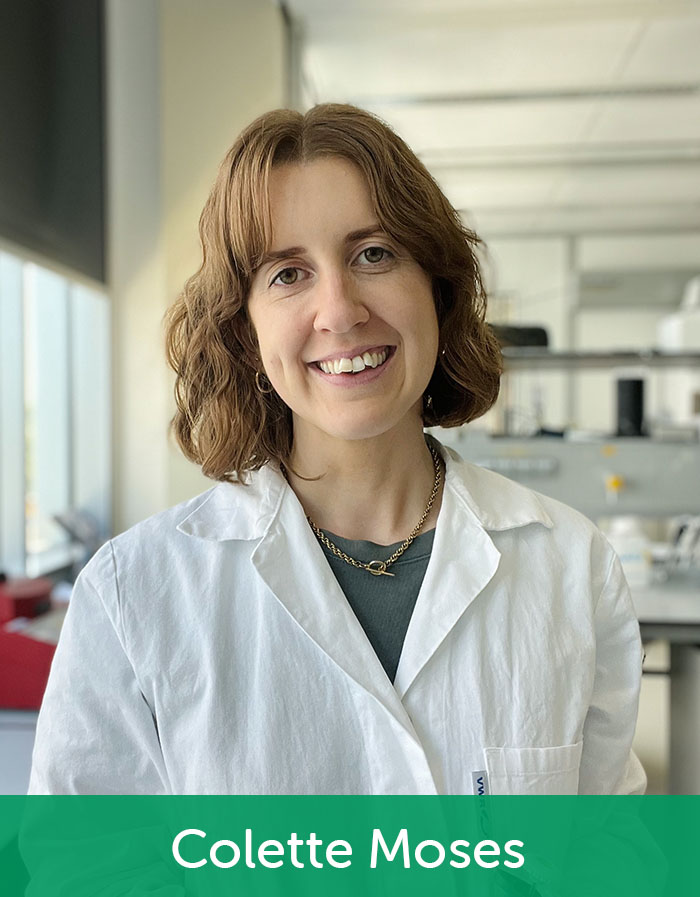
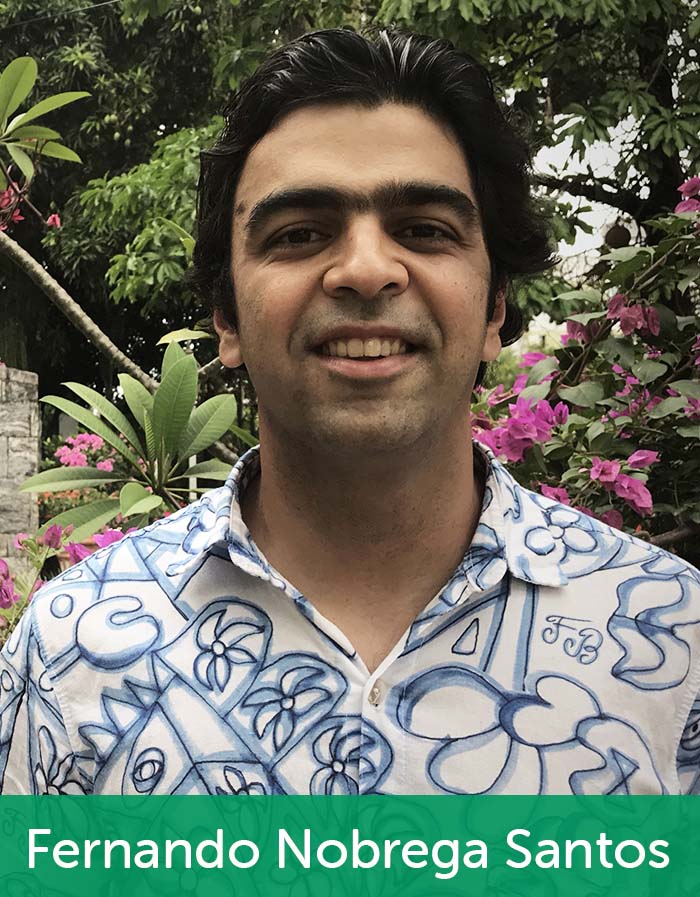
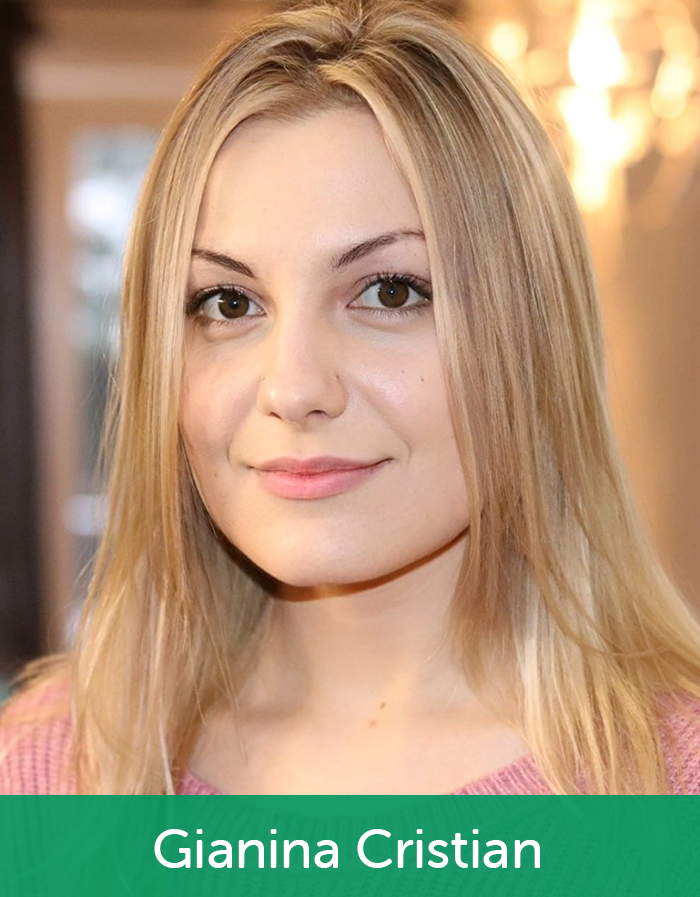
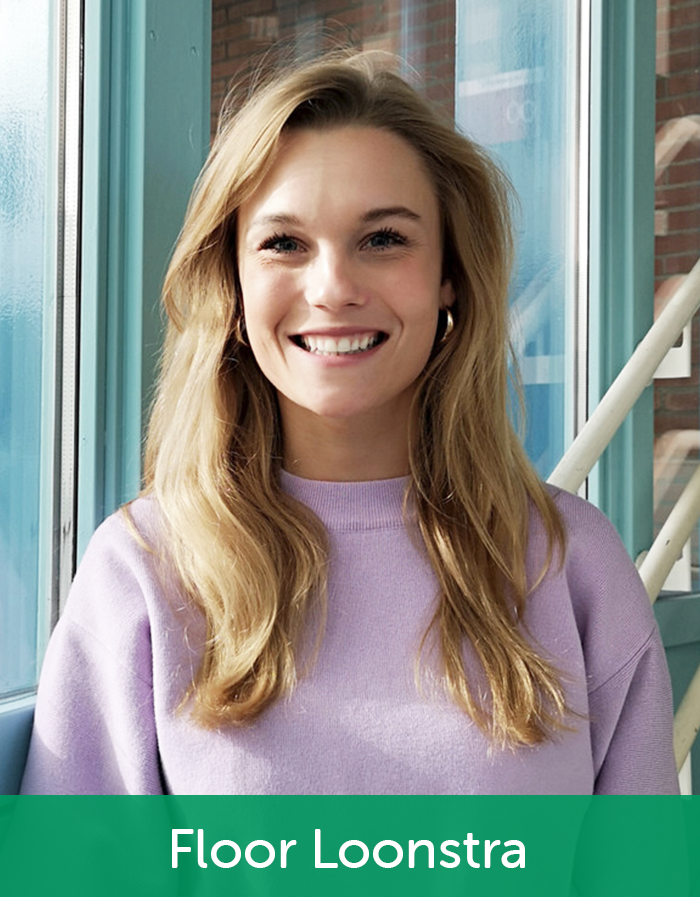
Four Story Slam presentations led by Priyanka Rao-Ruiz:
Colette Moses
EMBO Postdoctoral Fellow at the department of Evolutionary Neurogenomics Laboratory, Molecular Neuroscience at Swammerdam Institute for Life Sciences
Duplicated genes and neurodegenerative disease risk: The impact of individual differences
The human neocortex underwent a dramatic expansion during recent evolution, occurring at the same time as rapid acquisition of novel, human-specific (HS) genetic material in many regions of the human genome via segmental duplications. Several highly duplicated genome regions contain HS genes that may serve critical neurological functions. However, their repetitive nature also makes them prone to genetic recombination, and deletions and duplications at these loci have been linked to neurodevelopmental disorders. I will discuss the gene duplication events that occurred in one particular region of our genome, and how structural variation between individuals at this locus affects our predisposition to developmental disorders and neurodegenerative diseases. This work has the potential to provide clues towards future clinical interventions for these serious conditions.
Fernando Nobrega Santos
Research Associate at the Multiscale Division of the Department of Anatomy and Neurosciences at VUmc, and Research Fellow at the Institute for Advanced Studies at UvA
Emergence of High Order Hubs in the Human Connectome
In this work, we propose a multivariate signal processing pipeline for building high-order networks -beyond pairwise connectivity - from resting state fMRI signals and explore the consequences for our understanding of the human brain. We investigated high-order hubs in the human brain by searching for three-point interactions. We found that well-known integration and segregation patterns emerged spontaneously from the high-order hubs and can be considered emergent high-order properties of functional brain networks. For instance, one of the high order hubs is consistent with the sensory-motor system and emerges as correlate of gate speed in healthy controls. We believe that our work introduces a promising heuristic route for hyper-graph representation of high-order brain activity and opens exciting avenues for further research in network neuroscience.
Gianina Cristian
PhD candidate, Department of Child Psychiatry, Amsterdam University Medical Center
Machine Learning and Network Integration of Clinical, Cognitive and EEG Autism Spectrum Disorder Characteristics for Personalized Clinical Decision
Promising treatment developments for Autism Spectrum Disorder (ASD) have failed to establish effectiveness owing to inter- and intraindividual variability across biological and clinical dimensions. This calls for the development of personalized interventions by unifying and relating individual dimensions to a) inform individualized treatment choice and b) uncover mechanisms, the targeting of which results in individually desirable outcomes.
I will highlight how novel analytical methods and techniques can facilitate these objectives. First, using a machine learning model derived from a clinical symptomatology and EEG characteristics we predicted core behavioral improvement in future patients with 80%-92% average accuracy. I will further show how we are currently implementing network models to develop mechanistic hypotheses based on ways in which individual biological and clinical dimensions relate to each other. Together, these approaches will help to get beyond the current deadlock in treatment development based upon historical diagnostic concepts.
Floor Loonstra
MD PhD Candidate at the MS Center Amsterdam at Amsterdam UMC
Project Y: the search for clues explaining phenotype variability in MS
To study phenotypic variability in multiple sclerosis patients, well-defined unbiased cohort studies are necessary. The most common and probably most important confounding factor when studying disease phenotype in MS is age. Therefore, we initiated a cohort study of MS patients and healthy controls of the same birth year (1966), called Project Y. In project Y, a cross-sectional population based study, age cannot be a confounder. I will discuss the total number of identified cases in our cohort (n = 452), the clinical characteristics and some of the results of our sub research questions, regarding brain atrophy on MRI, blood biomarkers and exposure to environmental factors early in life. With Project Y, we hope to gain novel insights into the etiology of MS that explain individual disease patterns, which may lead to individual treatments.
12:45-14:15 Lunch & Poster market
14:15-16:15 Precision psychiatry session
Individuality in psychiatry: from the patient perspective to the future with artificial intelligence, led by Guido van Wingen and Christiaan Vinkers
Guest speakers at this session are: Nikolaos Koutsouleris, Mark Hoogendoorn and a representative of the field: Bart Groeneweg.
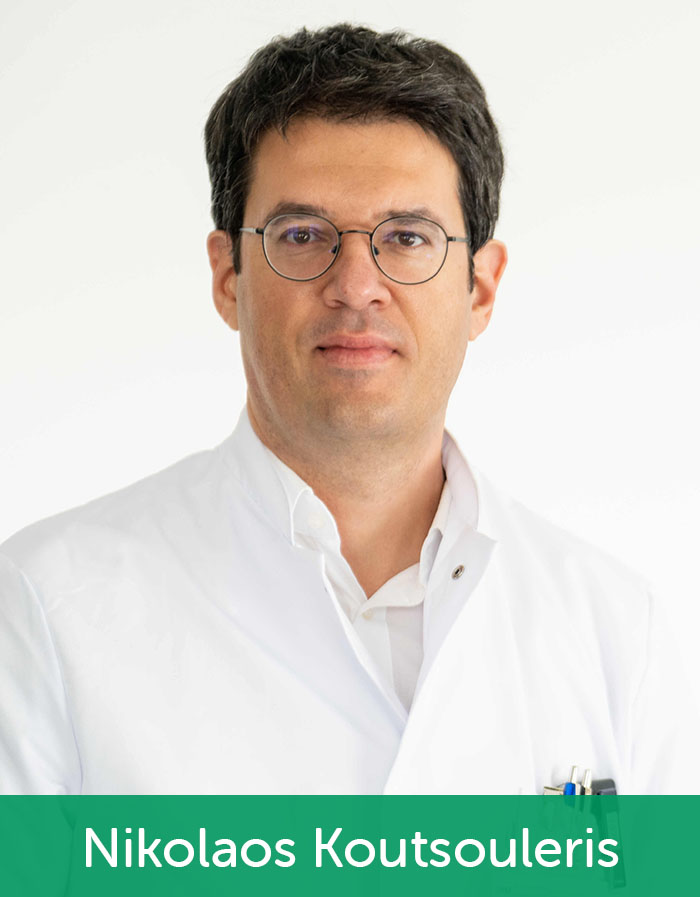
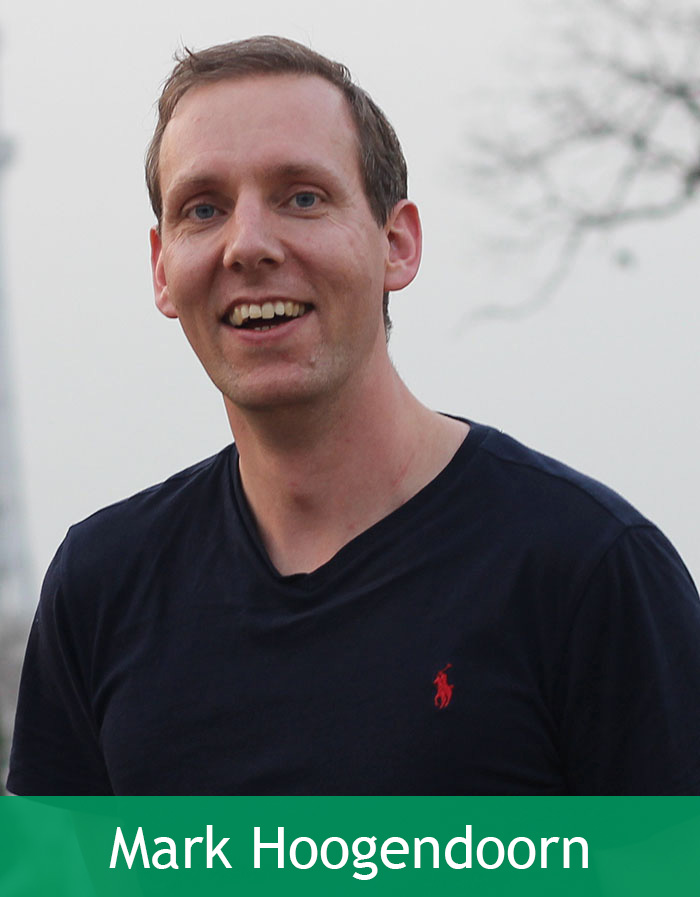
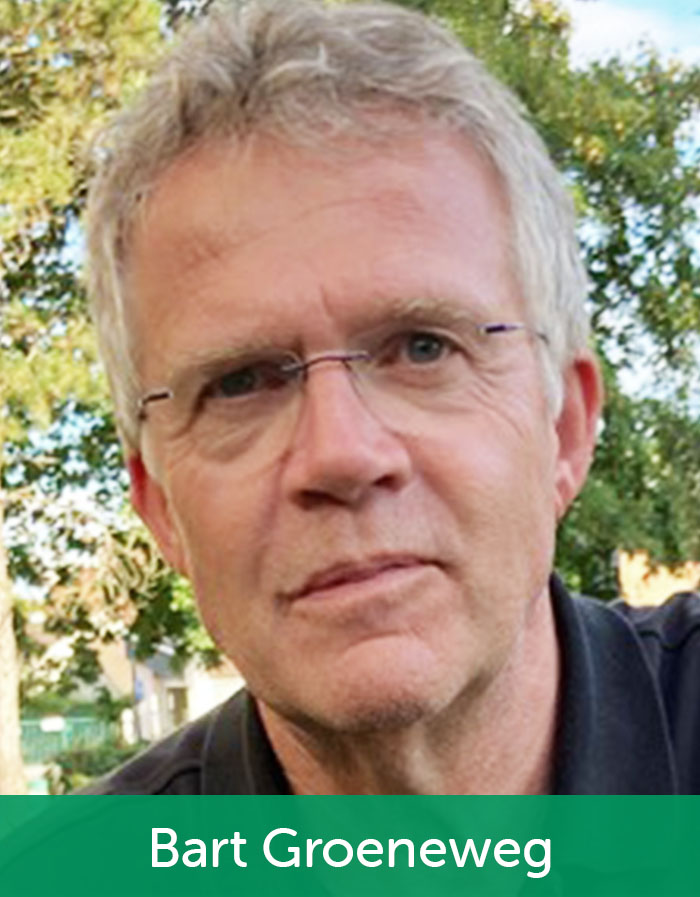
Bart Groeneweg
Q&A with an experience expert, former board member Depression Association (This part of the program is in Dutch)
Nikolaos Koutsouleris
Can algorithms help clinicians and patients? An overview of the state-of-play in the development of precision psychiatry.
Current mental healthcare practices follow an individualized yet idiosyncratic approach to diagnostic and prognostic assessment and treatment selection that is frequently at odds with the group-level recommendations provided by guidelines and evidence-based medicine. Recent developments in the field of precision psychiatry promise to overcome this tension by replacing gut feeling-based with measurement-informed decision-making rooted in the principles of risk stratification. A major driving force of this revolution is the shift toward artificial intelligence methods in psychiatric research. Machine learning techniques allow researchers to analyze complex disease patterns across scales and data domains and extract them into clinically usable disease biomarkers. In my talk, I will introduce, critically review and exemplify current applications of AI/machine learning techniques in the field.
Mark Hoogendoorn
Using Artificial Intelligence to Personalized Treatments in Psychiatry
Nowadays, more and more data is being collected around patients suffering from mental health problems. This wealth of data opens up new opportunities to better personalize treatments for patients. Techniques from the domain of Artificial Intelligence(AI) can help in exploiting the available data to establish this personalization. In this presentation, I will provide an overview of the opportunities of AI for Psychiatry and will present several examples of projects where AI has been used to tailor treatments for mental health problems.
16:15-16:45 Best poster awards & Wrap up
16:45-18:00 Drinks & Touch the grass
Location: Johan Cruijff ArenA
This year, the 7th Annual Meeting of Amsterdam Neuroscience will be back at the Johan Cruijff ArenA, providing our researchers a live event with face-to-face meetings.
Registration
Due to a large number of registrations for the Annual Meeting, we had to close down our registration for researchers that want to attend the event in person at the Johan Cruijff ArenA. Of course, we would love to welcome any new attendees to join us online. So if you want to watch the live stream of this year’s Annual Meeting, then register below and you will receive the link in your mailbox leading up to the event date.

